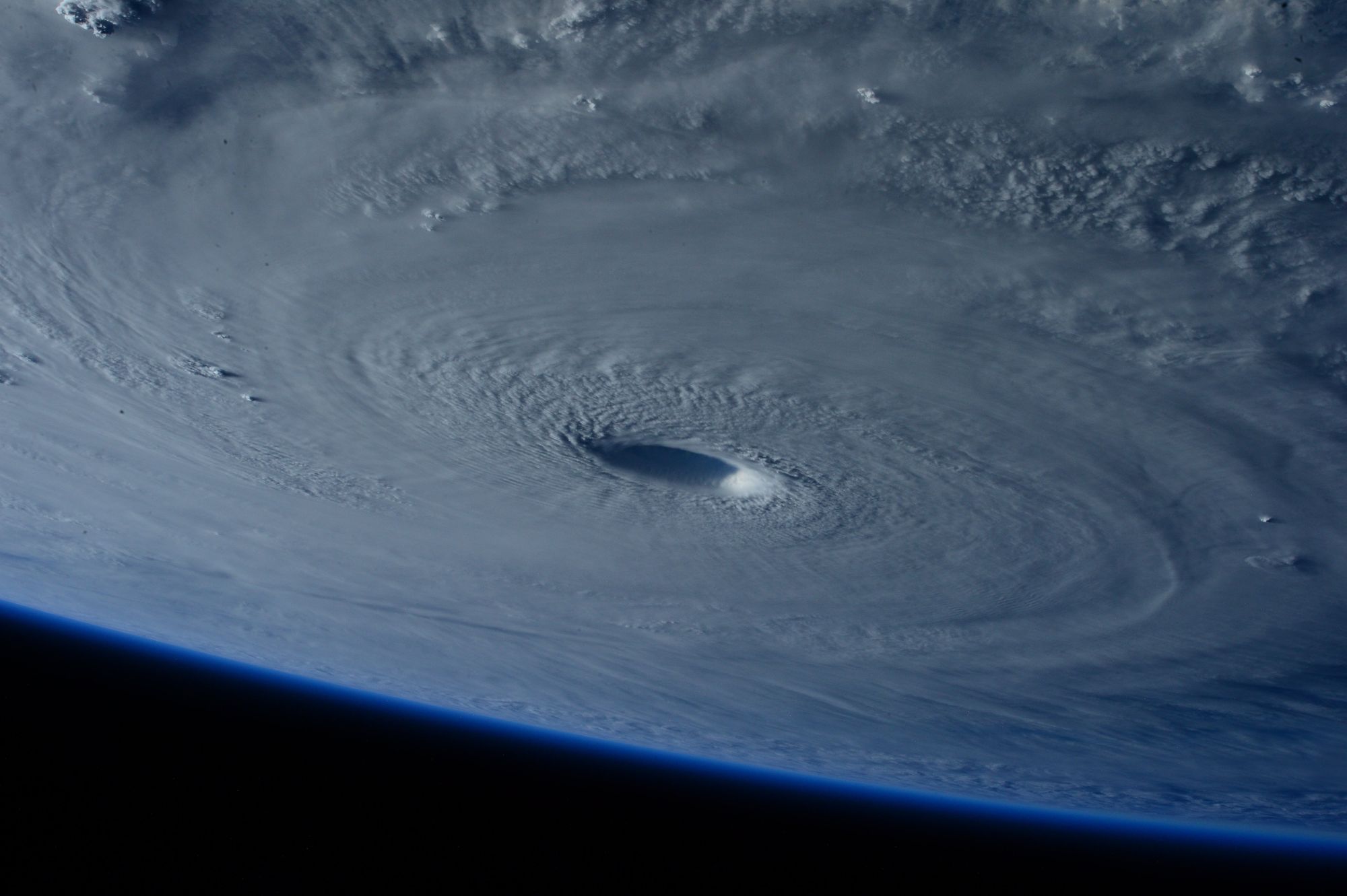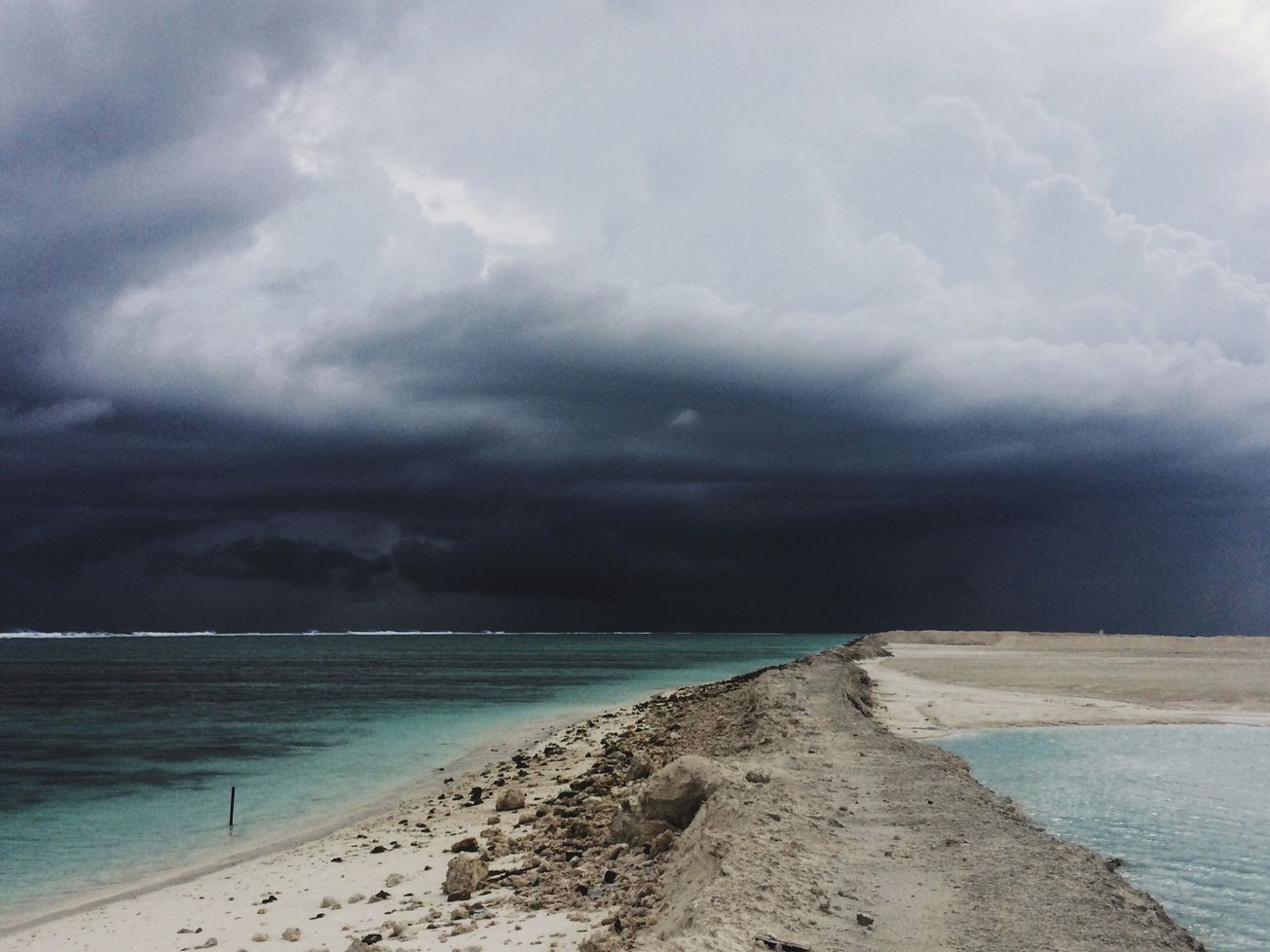By Julia Riopelle, SciTech Editor
As major economic superpowers continuously struggle to negate their contributions to human-induced climate change, small island nations are the first to face its adverse impacts. A University of Bristol study finds that hurricane velocity and occurrence will increase drastically along with the effects of climate change.
The Caribbean has often faced annual storms and, occasionally, level 5 hurricanes. Though robbing lives and destroying local infrastructure, the small nations have usually been able to heal their wounds and rebuild their economies. However, as climate change prevails, more frequent storms are threatening livelihoods and communities like never before.
A study led by University of Bristol research student, Emily Vosper and her colleagues Dann Mitchell and Kerry Emanuel, used methods from the School of Computer Science to predict trends of hurricane rainfall in the Caribbean.

The research group created thousands of simulated hurricane possibilities under three temperature conditions; 2°C above pre-industrial levels, 1.5°C above pre-industrial levels (the maximum limit established by the 2016 Paris Climate Agreement) and present-day conditions.
Data from 600 years of global climate data were applied to six Caribbean island nations in order to create the simulations. Though it should be noted that accurate data only became more available post-1970s, when satellite technology advanced the tracking of hurricane events.
The study used angular momentum coordinates, which mark out the hurricane’s rotational inertia (resistance of a body in motion against a change in velocity) and the rotational velocity around its central axis. The model ran simulations on 2000 storm tracks and is able to predict the strength and survival of storms depending on environmental conditions.
In some cases hurricanes in the Caribbean will become five times more likely when the global average temperature increases
Hurricanes, such as Hurricane Maria in 2017, would be 2.3 times more likely in a 2°C warmer world and a 100-year storm affecting Bahamas would be 4.5 times more likely. The team also found that the number of rarer ‘stalling hurricanes’, will increase from an average 3.53 a year to 4.
Stalling hurricanes cause much more damage, as they hover over the same region for extended periods of time. It is thought that hurricanes are stalling more with global warming, as the temperature contrast between the Arctic and Equator, which is needed to drive wind currents, is decreasing. These findings are vital as ‘small developing island states’, such as the Caribbean, tend to receive much less attention when analysing hurricane trends.
Despite contributing little greenhouse emissions in comparison to global superpowers, island nations and coastal regions will be the first to face the effects of climate change. Lower altitudes already make them vulnerable to rising sea levels. Additionally, over half of Caribbean island residents live 1.5km from the coast and the majority of infrastructure is located in lower coastal zones. The future will experience a new kind of migration crisis: climate change refugees.
Hurricane Isaias' deep convection this morning in the Caribbean. pic.twitter.com/zXeAA8rc5z
— CIRA (@CIRA_CSU) July 31, 2020
Hurricanes form over warmer areas of the ocean, when warm air over the water surface rises and creates areas of low pressure. Heat energy increases a storm’s speed and strength by intensifying the convection currents from which they’re formed.
The Intergovernmental Panel on Climate Change noted that since 1970, average ocean temperature as increased by 0.1°C per decade. The Center of Climate and Energy Solutions suggest 10% speed increase of level 4 (130-156 mph) and 5 (157+ mph) hurricanes will likely occur in a 2°C warmer world. Increased water vapour concentration in the air is also predicted to cause 10-15% heaver rainfall.
It takes six years for the richest Caribbean countries to rebuild after level 4 and 5 hurricane destruction
Hurricanes are a regular occurrence in the Caribbean, though this does not negate the socioeconomic damage they leave behind each time. The Caribbean has experienced 264 hurricanes since 1960. Some of the larger ones being; Hurricane Maria causing 3057 deaths and 91.6 billion USD damage (2017) and Hurricane Dorian causing 84 deaths (245 missing) and 2.5 billion USD damage in the Bahamas (2019).
Hurricane Maria had enough power to destroy 90% of the island nation’s infrastructure. Water was cut off to 70% of the population, there were power outages and island wide communication loss. Maria cost Dominica 2 years of economic output. If these hurricanes become more frequent, Dominica will not be able to keep up with the finances need for repair damage.
Out of 196 countries, 6 countries are on track to stay below a <2°C increase and only 2 countries on track to meet the <1.5°C goal of the Paris Agreement
The aim of the 2015 Paris agreement is to reduce global average temperatures far below the critical 2°C limit above pre-industrial conditions. A 1.5°C increase is said to be the absolute maximum limit the earth’s climate can deal with before reaching the point of no return. To achieve this, countries must take action to limit greenhouse gas emissions.
In 2019, Trump announced the withdrawal of the USA from the UN Paris Agreement. USA is one of the greatest contributors to climate change, emitting 15% of total carbon. The year-long withdrawal process will become official, shortly after the 2020 elections, in the event that the Republican party gets re-elected.
Exoplanets: Bristol researcher seeks for the clues in our Solar System
Bristol engineers help make Nepal’s schools earthquake-resistant
Whilst cutting its own domestic carbon emission levels, USA’s competing economic superpower and currently the largest greenhouse gas emitter, China, is funding new coal plants in developing countries.
One of the main points of the Paris Agreement is for ‘richer nations’ to assist ‘poorer nations’ to switch to renewable energy. All Caribbean nations are still in the Paris Agreement; however, they are left on their own to fend for survival.
Featured Image: Unsplash
What do you make of the predictions on hurricanes?







